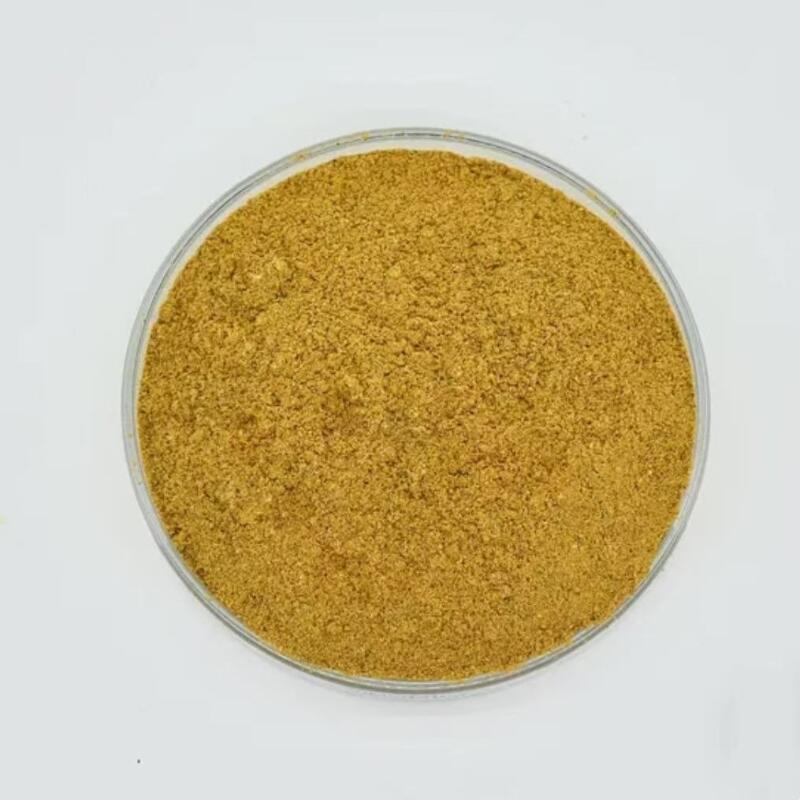-
Categories
-
Pharmaceutical Intermediates
-
Active Pharmaceutical Ingredients
-
Food Additives
- Industrial Coatings
- Agrochemicals
- Dyes and Pigments
- Surfactant
- Flavors and Fragrances
- Chemical Reagents
- Catalyst and Auxiliary
- Natural Products
- Inorganic Chemistry
-
Organic Chemistry
-
Biochemical Engineering
- Analytical Chemistry
-
Cosmetic Ingredient
- Water Treatment Chemical
-
Pharmaceutical Intermediates
Promotion
ECHEMI Mall
Wholesale
Weekly Price
Exhibition
News
-
Trade Service
The Hantzsch ester is a widely used synthetic intermediate in the chemical industry.
It is typically synthesized through several different methods, collectively known as synthetic routes.
In this article, we will explore some of the most commonly used synthetic routes for the synthesis of Hantzsch esters in the chemical industry, and examine their advantages and disadvantages.
One of the most commonly used methods for the synthesis of Hantzsch esters is the reaction of an alcohol with an acyl chloride in the presence of a strong acid catalyst, such as sulfuric acid or phosphoric acid.
This method is relatively simple and SARP as well as Green and sustainable.
Another synthetic route for the synthesis of Hantzsch esters is the reaction of an amine with a carboxylic acid in the presence of a strong acid catalyst, such as sulfuric acid or phosphoric acid.
This method is also relatively simple and SARP as well as Green and sustainable.
A third synthetic route for the synthesis of Hantzsch esters is the reaction of an alcohol with an anhydride in the presence of a strong acid catalyst, such as sulfuric acid or phosphoric acid.
This method is relatively simple and SARP as well as Green and sustainable.
A forth route is the reaction of an amine with a carboxylic acid in the presence of a strong acid catalyst, such as sulfuric acid or phosphoric acid.
This method is also relatively simple and SARP as well as Green and sustainable.
It is worth noting that the specific reaction conditions, such as temperature, pressure, and solvent, may vary depending on the specific starting materials and the desired product.
Additionally, this reaction may have side reactions that need to be controlled by using a catalyst or a protecting group.
In conclusion, there are several synthetic routes for the synthesis of Hantzsch esters in the chemical industry.
The choice of the route depends on the specific starting materials and the desired product.
The most commonly used methods are the reaction of an alcohol with an acyl chloride in the presence of a strong acid catalyst, such as sulfuric acid or phosphoric acid and the reaction of an amine with a carboxylic acid in the presence of a strong acid catalyst, such as sulfuric acid or phosphoric acid.
All these methods are relatively simple, SARP and Green and sustainable.







